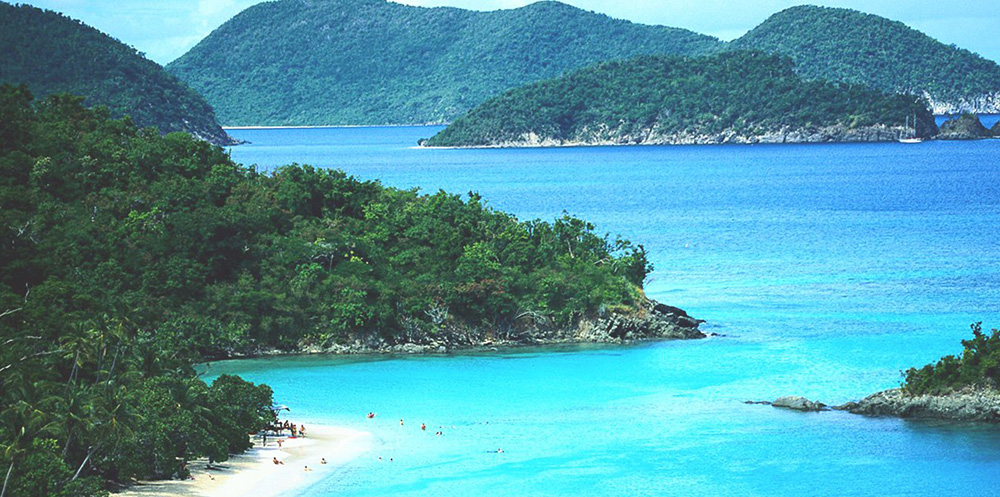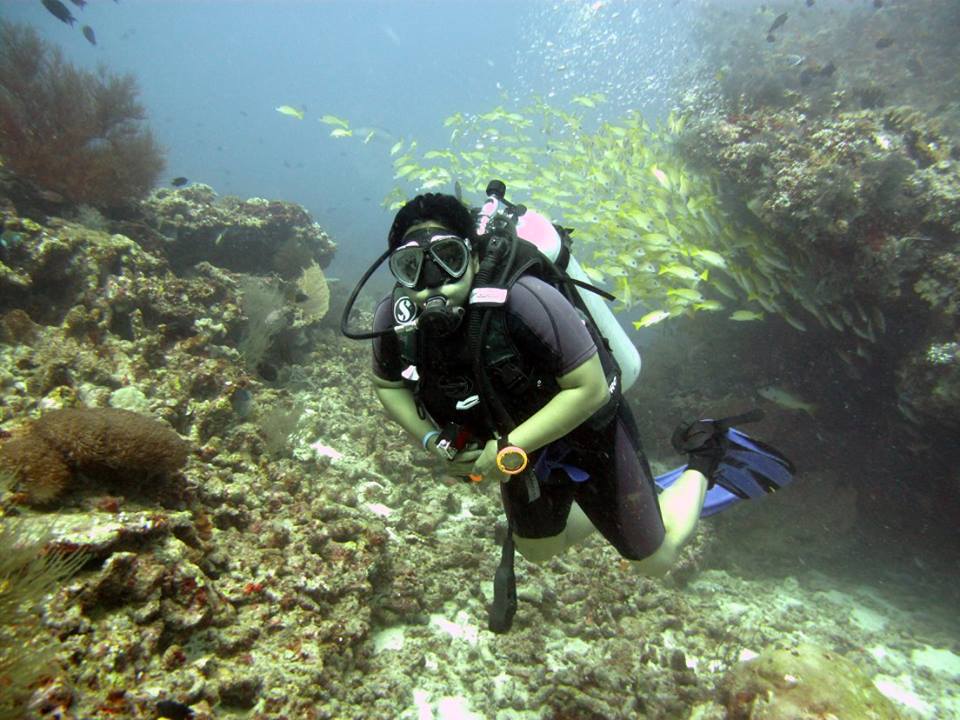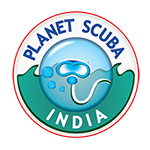Discover pristine reefs, many unexplored dive sites and the treasure trove of marine life in the Andamans
The Andaman and Nicobar group of islands are a group of scenic islands nestled in the eastern part of the Bay of Bengal. Also known as the Emerald Isles, this relaxed tropical island outpost belongs to India, but is geographically closer to Southeast Asia. Superb, near-deserted beaches, incredible corals and marine life, an intriguing colonial past and the remnants of a Stone Age culture lure travellers to these mysterious islands.
The Andaman and Nicobar Islands stretch out almost 500 km in length, with the Andamans in the north and the Nicobars in the south. The main island, aptly known as Great Andaman, is divided into 3 portions – North Andaman, Middle Andaman and South Andaman. Port Blair, the capital and largest city, is located on South Andaman.

[su_spacer]
BARREN ISLAND
This volcanic island stands in the midst of a volcanic belt on the edge of the Indian and Burmese tectonic plates. The vast expanses of volcanic sand and rocks will provide a contrast of inky black sand to the colourful marine life
Diving at Barren Island is an adventure in the making. Wall diving that is teeming with life complete with stunning coral gardens will enchant you. The abode of larger pelagics, this volcanic island offers both everchanging reef fishes and large ones too.
Attractions – Manta rays, turtles, white tip and black tip sharks, barracudas, bigeye trevally, kingfish, tuna, garden eels
INVISIBLE BANK: FLAT ROCK
A submerge rocky promontory with sandy bottom with a diving depth of 30m. Visibility of up to 40m is not unusual, depending on weather and sea condition.
Attractions – An amazing dive site with a mix of big and small school of fish – great barracuda, grey and white tip reef sharks, black unicorn fish, surgeon fish, mackerel, dog tooth tuna, trevally, and blue fin trevally
LIGHTHOUSE POINT
A submerged rocky coral reef with a depth range of 5m to more than 30m. This site offers high visibility of up to 25m. Populated with masses of white sponges and healthy hard corals, the reef is covered with large Gorgonian Sea Fans with varying sizes of barrel sponges.
Attractions – Plenty of big fish action which is varied with rainbow runners, blue fin trevally, bumphead parrot fish and even a chance of manta rays and eagle rays.

NARCONDAM ISLAND
An inactive volcanic island, this island was put on the diving map by diving pioneer Jacque Cousteau who described this place as ‘a wonderous realm of stunning marine life and coral reefs’. Rocky ridges and steep slopes house massive barrel sponges, giant Gorgonian fans and lush soft coral. large sea fans, sponges and sloping coral ridges.
Expect a diving depth of more than 30m with good visibility of up to 25m.
Attractions – The deep water bring in the pelagics with sighting of eagle rays, manta rays, big eyed trevally, giant groupers and potato cods, napolean wrasse. Schools of bumphead parrotfish coupled with schools of surgeon fish, fusiliers, wrasse, snappers, angel fish and parrot fish.
PASSAGE ISLAND: FISH ROCK
A rocky sloping reef down to a depth of 30m, this seemingly colourless seascape has portions of deep slopes that are covered with small cluster of soft corals. Barrel sponges, large fan corals completes the seascape.
Attractions – This site is alive with a massive waves of bluestripe snappers, yellowback fusiliers and bannerfish. Schools of swirling surgeon fish and chevron barracuda are spotted, sometimes accompanied by dogtooth. Occasionally, you will come across a school of bumphead parrotfish grazes on branches of coral trees. Moray eels, groupers and napolean wrasse make an appearance too.
SOUTH BUTTON ISLAND
The shallow depths of the north and east sides of South Button Island are ideal for snorkeling with lots of hard coral in the shallows where a sandy slope continues down deeper. Some terrific macro opportunities are available, it is worth heading down the sandy slope a little for the chance of hammerhead sharks in the distance!
Attractions – Devil ray, manta ray, and the Indian Ocean anemone fish
